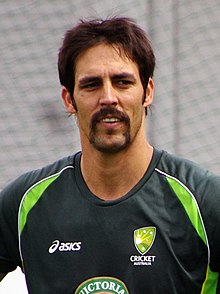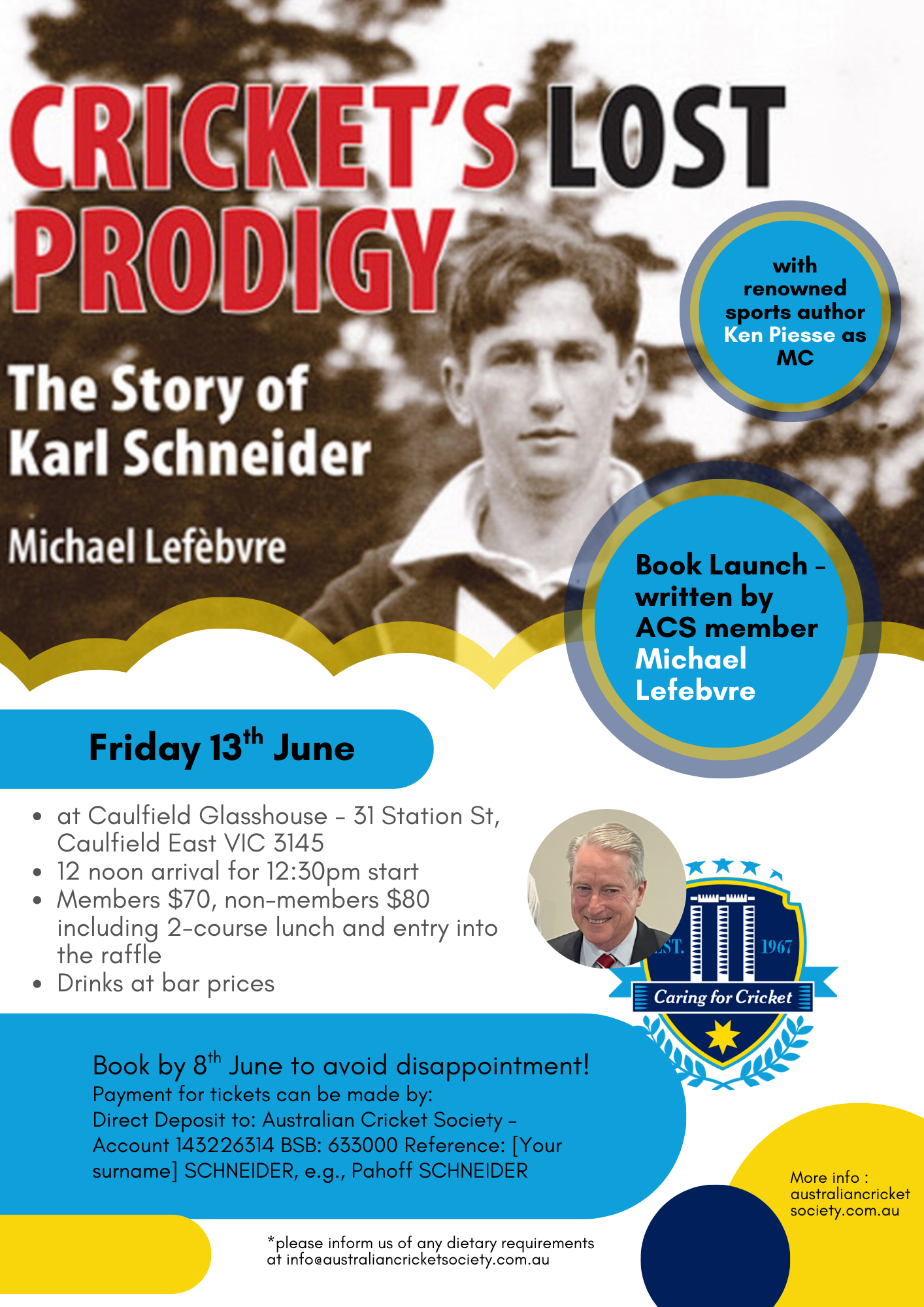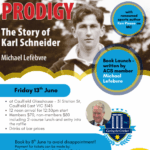By Lorenzo Di-Mauro Hayes, incoming ACS Journalism Scholar (mentored by The Footy Almanac‘s John Harms).
The summer of 2013-14 wasn’t the first summer where I watched cricket, but it was the one where I fell in love with the sport and this makes sense. I was eight years old at the time and this summer was the most cricket I was able to watch. My family house had nothing more than the standard free to air television channels at the time, so I barely knew about this competition called the Big Bash League.
The first two editions of the re-vamped T20 competition since it moved to a franchise model was shown exclusively through Fox Sports. I don’t think I knew what the Big Bash even was at the start of 2013. Which feels about right, because it was a somewhat invisible competition for its first couple of years. But by BBL 03, Channel 10 had snapped up the rights to show all 35 matches for the season. The IPL had begun to take off in India, but Australia was about to get its first national look at franchise T20 cricket. Not that this summer was going to be a bad one for the traditionalists, because there was a big five-Test series going on that summer called The Ashes.
The classic Channel 9 intro music welcomed every session of play of the first edition of the Ashes, in just six months. With the 2015 Cricket World Cup set to be played in Australia and New Zealand, the decision was made to play two Ashes series in the one year, with the talking point of the series still Stuart Board’s refusal to walk at the First Test at Trent Bridge, when Ashton Agar quite clearly claimed his wicket. So, it is fair to say that 2013/14 was a big summer in Australian cricket and a great time to really start watching the sport. With so much cricket on, some matches were not always the most inspiring, and not always ones I wanted to see through to the end, but there was always hope for something better to appear in either format.
So, each day it was on, Test cricket on Channel 9 would dominate the day. On 20th December, BBL 03 began so when after the end of day’s play at the MCG and SCG Tests, one could double up with a Big Bash match on Channel 10 in the evening. With the biggest series in all of Test cricket leading into this newly flashy colourful league playing the T20 format, the summer of 2013/14 was one of great contrast. While the Big Bash, by its very name, was focused on the high-power scoring of the batters, so much of this Ashes Test series, saw the focus on one man; Australia’s lethal moustachioed left arm fast bowler, Mitchell Johnson.
Johnson was always a mixed bag bowler. If he nailed his line and length, the batter was caught behind or was watching the middle stump somersault its way down to third man, if he didn’t, Johnson would be the one watching, as his delivery was being smashed through cover to the fence. During that summer, there were plenty more somersaulting stumps, in an extraordinary individual performance in a five-Test series. Adelaide was a masterpiece. Some of those deliveries are still extraordinary more than a decade later. After being awarded the Man of the Match thrice, there was no shock when Johnson was awarded Man of the Series for his 37 wickets.
As for the Big Bash, not for the last time, my adopted Melbourne Renegades were a long way off and the rival Melbourne Stars saw their season end in the finals. Ben Dunk topped scored for the season with 395 runs but his Hobart Hurricanes went down in Perth to the Scorchers. One of my most clear BBL 03 memories is watching Craig Simmons reaching three figures in 39 delivers on January 16, 2014. It was the fastest BBL century, a record only recently levelled by Mitchell Owen. Owen was part of that generation of early BBL lovers, going to games and supporting his team with great passion. That explains why he is sticking with the Hurricanes and the Big Bash, because it is a big part of the reason, he is a professional cricket right now.
Perhaps because I saw one of the greatest Test series performances early on in life, I have always considered Test cricket to be the pinnacle for the sport. It might also be just about the most aptly named sport, nothing is a Test quite like playing the same game over five days, with no guarantee it ends with a win or loss. But the contrast between the white and coloured clothing, between the red and white ball, between Test and limited over cricket, left me with a lesson I’ve always held. Despite what you might hear for some, there is no such thing as a bad format of cricket. Tests, 50-over and 20-over cricket, each provided something different while being at the same sport.
No other sport has such a mix of novelty and familiarity, quite like cricket. You can go from losing your fingernails watching the number 10 and 11 bat out a draw as the light fades, to picking your jaw off the floor as you watch a massive six bring up a match-winning century. What the 2013/14 cricket summer and every summer, every cricket match since, have taught me is the sport has elements you can’t find in other sports. Those elements are products of bygone eras, that should we lose them today, you could never get them back tomorrow. Yet it is the sport behind Hawkeye, the revolutionary technology that help assists umpires and referees in other sports the world over. Let’s hope future cricket fans never forget, what childhood Lorenzo learned, that the different formats each are brilliant due to having their own drama and differences. Because if we lose that? Well, that’s just not cricket.
Australian Cricket Society’s literary scholar Lorenzo Di-Mauro Hayes is mentored by writer John Harms. His pieces are also published at www.footyalmanac.com.au .


